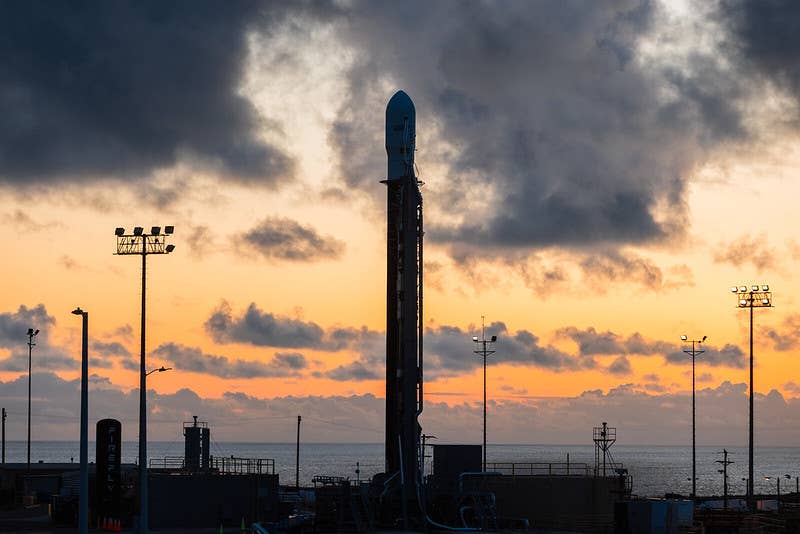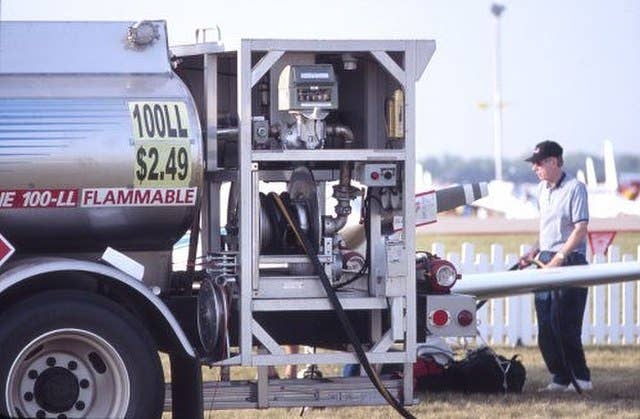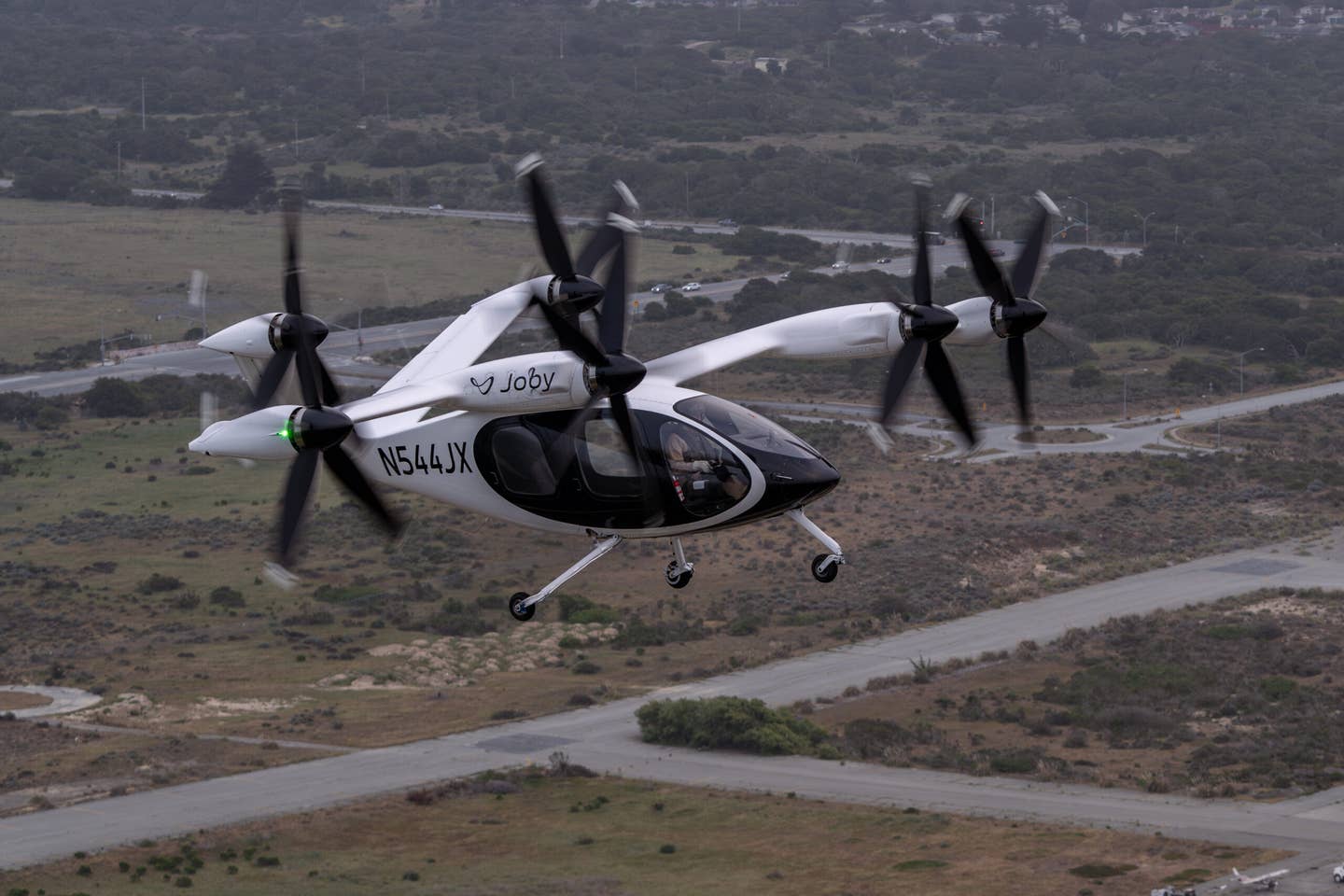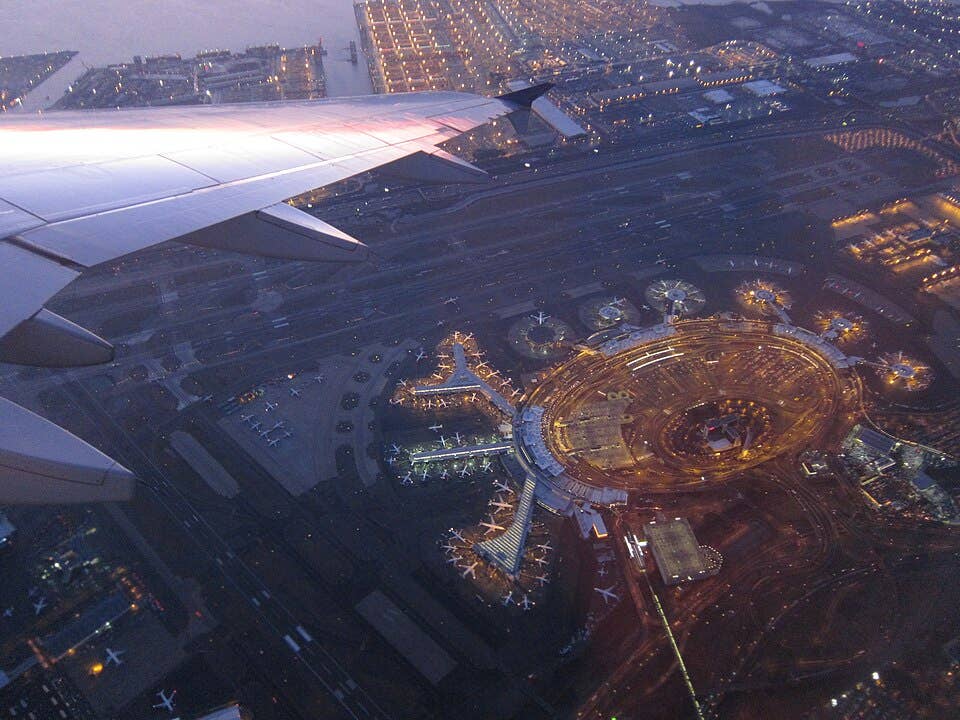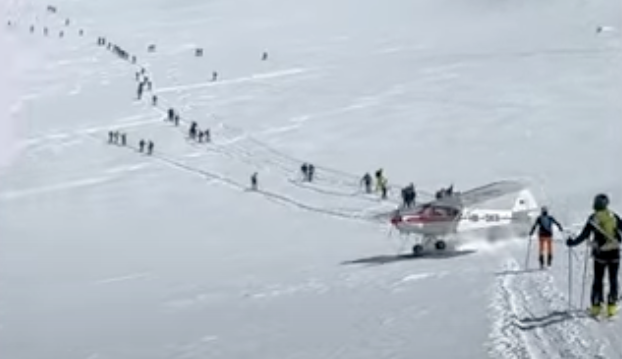Unmanned Helicopter Crashes Into Navy Ship
An unmanned MQ-8B Fire Scout helicopter crashed into the side of USS Charleston shortly after taking off from the ship on Monday. No one was injured in the incident, but…
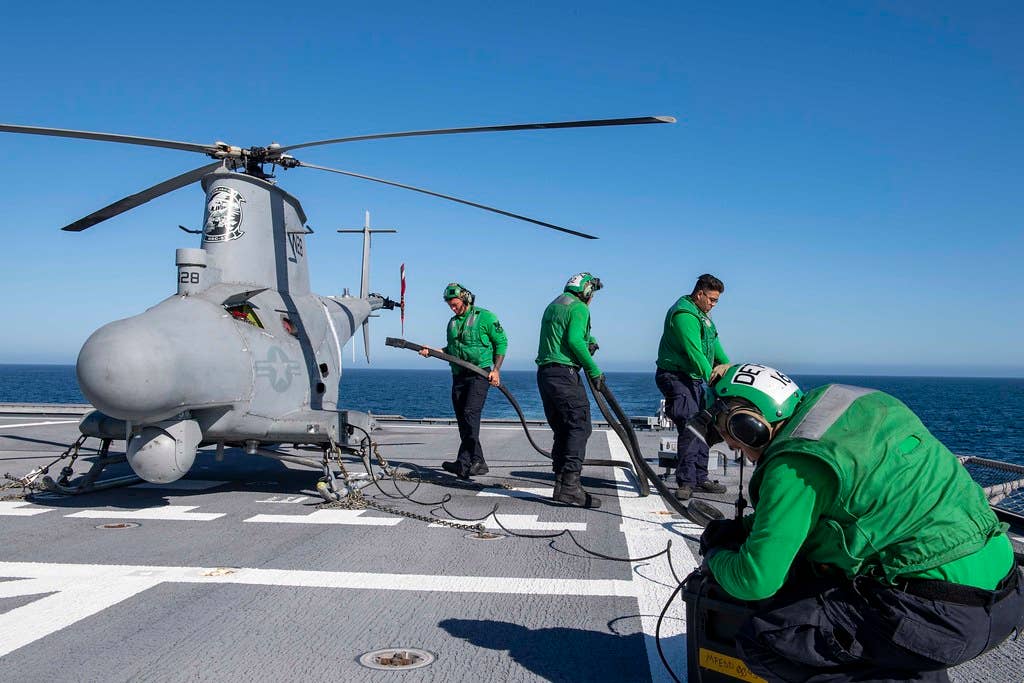
Image: U.S. Navy/Mass Communication Specialist 3rd Class Adam Butler
An unmanned MQ-8B Fire Scout helicopter crashed into the side of USS Charleston shortly after taking off from the ship on Monday. No one was injured in the incident, but U.S. Navy officials reported that the aircraft fell into the water and was not recovered. The crash occurred at approximately 3:40 p.m. local time.
“The mishap damaged a safety net on the ship and struck the hull,” the U.S. Third Fleet said in a statement. “Damage to the ship is being assessed, but appears limited to an area above the waterline. Charleston continues operations in the Western Pacific.”
The aircraft was assigned to Helicopter Sea Combat Squadron 21, which is based out of California’s Naval Air Station North Island. The cause of the accident is under investigation. The Northrop Grumman MQ-8B Fire Scout is a vertical take-off and landing tactical unmanned aerial vehicle (VTUAV) measuring 31.7 feet long.

